Tongdwaeji Duruchigi (통돼지두루치기)
1.5Km 2021-03-18
252-6, Jong-ro, Jongno-gu, Seoul
+82-2-2266-9290
This is a Korean cuisine located in Dongdaemun Gate, Seoul. It is also famous for uruchigi (Korean bouillabaisse) made by stir-frying pork and vegetables in gochujang (red pepper paste) sauce. The best menu at this restaurant is pork and kimchi stew.
Gwanghwamun Seokgalbi (광화문석갈비)
1.5Km 2021-05-25
136, Sejong-daero, Jung-gu, Seoul
+82-2-318-6288
It is a restaurant frequently used as a place for group dinners by office workers. This restaurant's signature menu is grilled ribs on a hot plate. This Korean dishes restaurant is located in Jung-gu, Seoul.
Hangeureut (한그릇)
1.5Km 2021-03-18
136, Samcheong-ro, Jongno-gu, Seoul
+82-2-720-5613
A store that also serves delicious meat noodles. The best menu at this restaurant is rice soup. This is a Korean cuisine located in Jongno, Seoul.
Eunaenjeong Myeong-dong Dakgalbi (은앤정명동닭갈비)
1.5Km 2021-03-19
19, Myeongdong 7-gil, Jung-gu, Seoul
+82-2-778-1988
A place that sells dakgalbi (Spicy stir-fried chicken) or spicy chicken fried in a large pan loved by Koreans. This Korean dishes restaurant is located in Jung-gu, Seoul. The representative menu is spicy stir-fried chicken with cheese.
Nunnamujip (눈나무집)
1.5Km 2020-06-16
136-1, Samcheong-ro, Jongno-gu, Seoul
+82-2-739-6742
Nunnamujip is famous for a North Korean dish called, “Kimchi mari guksu”, which is a noodle dish in cold kimchi soup containing toasted laver, a boiled egg, and sesame. The soup is refreshingly cold and a little spicy. For “Kimchi mari bap”, a bowl of rice is put into cold kimchi soup instead of noodles. The taste is very unique. In addition to Kimchimari, “Tteokgalbi” is a popular dish on the menu as well.
The main restaurant is located in the basement, which has only limited seating capacity with a few tables. As a result, many people usually wait in line for lunch or dinner. A second franchise has opened in a three-story building across the street. To enjoy a quaint atmosphere, the first establishment is better, but the new one’s interior design is much more modern and fancier, giving it a fresh altering look.
Chamsutgol (참숯골)
1.5Km 2025-05-13
16, Mugyo-ro, Jung-gu, Seoul
+82-2-774-2100
Arroyo Cheonggyecheon (청계천)
1.5Km 2024-05-16
Changsin-dong, Jongno-gu, Seúl
El arroyo Cheonggyecheon nace en la plaza Cheonggye, que se encuentra en la avenida Sejong-ro, frente al edificio del periódico Donga Ilbo, que fue el lugar de inicio del restablecimiento del arroyo. Abarca hasta el puente Sindapcheolgyo. La plaza Cheonggye se compone de una fuente con caídas de agua, un modelo en miniatura del arroyo en su totalidad y una senda de paseos, entre otras instalaciones para comodidad de los visitantes.
El diseño de la plaza Cheonggye presenta un toque tradicional, el lugar está decorado con colores diversos, ofreciendo una elegancia peculiar. El modelo del arroyo representado en tamaño de miniatura, posibilita a simple vista recorrer la zona completa del arroyo remodelado. También expone los carteles explicativos de los 22 puentes que atraviesan el curso de agua y otros detalles. Por otra parte, hacia la izquierda está instalada la escalera que conecta con las aceras ribereñas del arroyo y hacia la derecha de la plaza Cheonggye hay un sendero con un túnel de 18 m de largo.
El Ayuntamiento de Seúl ha logrado que el lugar se convierta en un espacio cultural libre para los ciudadanos, prohibiendo el tránsito de vehículos en los días festivos. La fuente con forma de candelero y con la iluminación de luces tricolores, junto a las caídas de agua desde dos pisos, a una altura de 4 m, conforman una obra de ingeniería civil maravillosa. A cada lado de las caídas de agua se han instalado miles de piedras traídas desde todas partes del país. Por la noche, la combinación que hace el agua con las luces de la iluminación es realmente un espectáculo fantástico.
Darakjeong (다락정)
1.5Km 2021-03-26
131-1, Samcheong-ro, Jongno-gu, Seoul
+82-2-725-1697
Darakjeong has been popular for a long time because of the simple taste of its traditional Mandu (Korean stuffed dumpling). Since its opening in 1991, tasty soup and scrumptious Mandu have been served. A fist-sized Mandu is fully packed with seasoned meat, bean-curd, and various vegetables. Its thick dough makes it chewy and delightful. For one person, “Manduguk”(boiled dumpling soup) is a good choice. The delicious and nourishing taste of Mandu goes well with the sweet, spicy, and fresh taste of the soup. Manduguk is served in a brass bowl which keeps the food warm while eating. For a large-size group, “Mandujeongol” cooked with various vegetables in a casserole is recommended. There are two types of Mandujeongol that have different tastes. The main characteristic of “Kimchi Mandujeongol” is its spicy flavor, which reminds people of the refreshing taste of Kimchi soup, and “Tojang Mandujeongol” expounds on the savory taste of bean-paste soup. Tojang means folk soybean-paste. “Nokdujeon”(a Korean pan-fried dish with green mung bean) is another famous dish at Darakjeong, which is pan-fried with a very light seasoning to emphasize the original taste of Nokdu (green mung bean). Salted oysters with hot pepper are served with Nokdujeon instead of soy sauce, which is a perfect match.
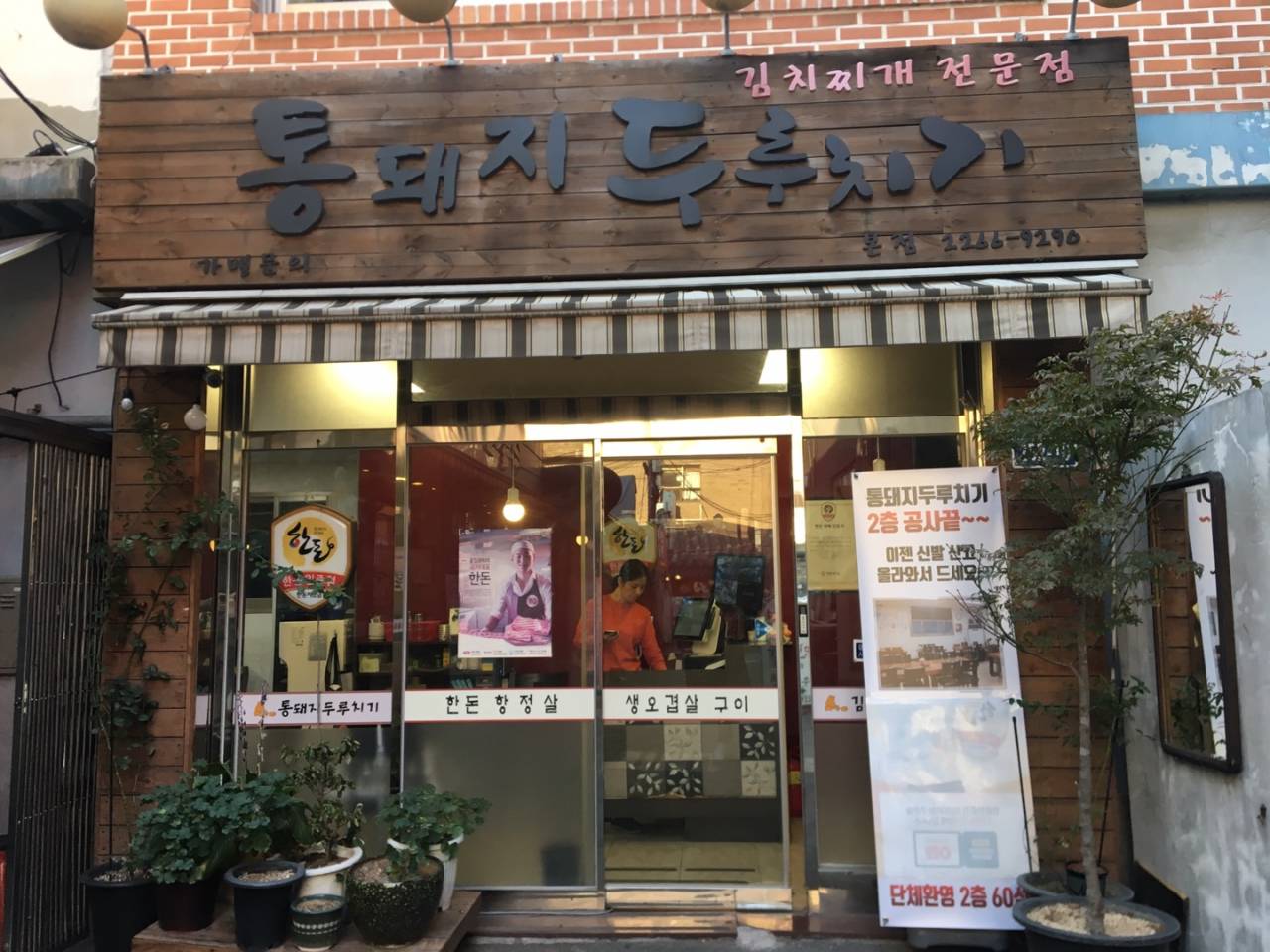
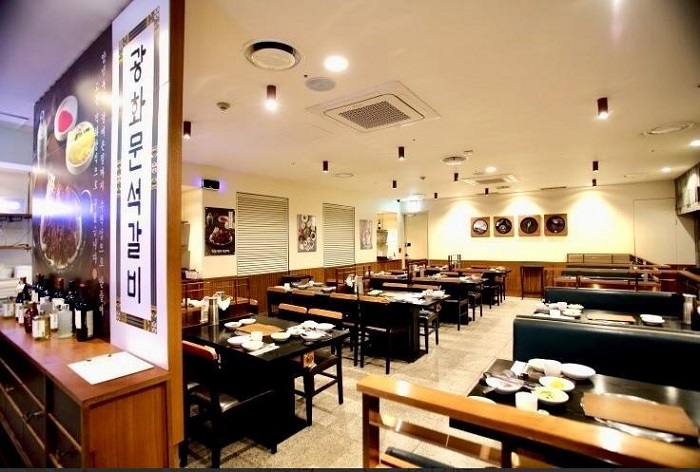
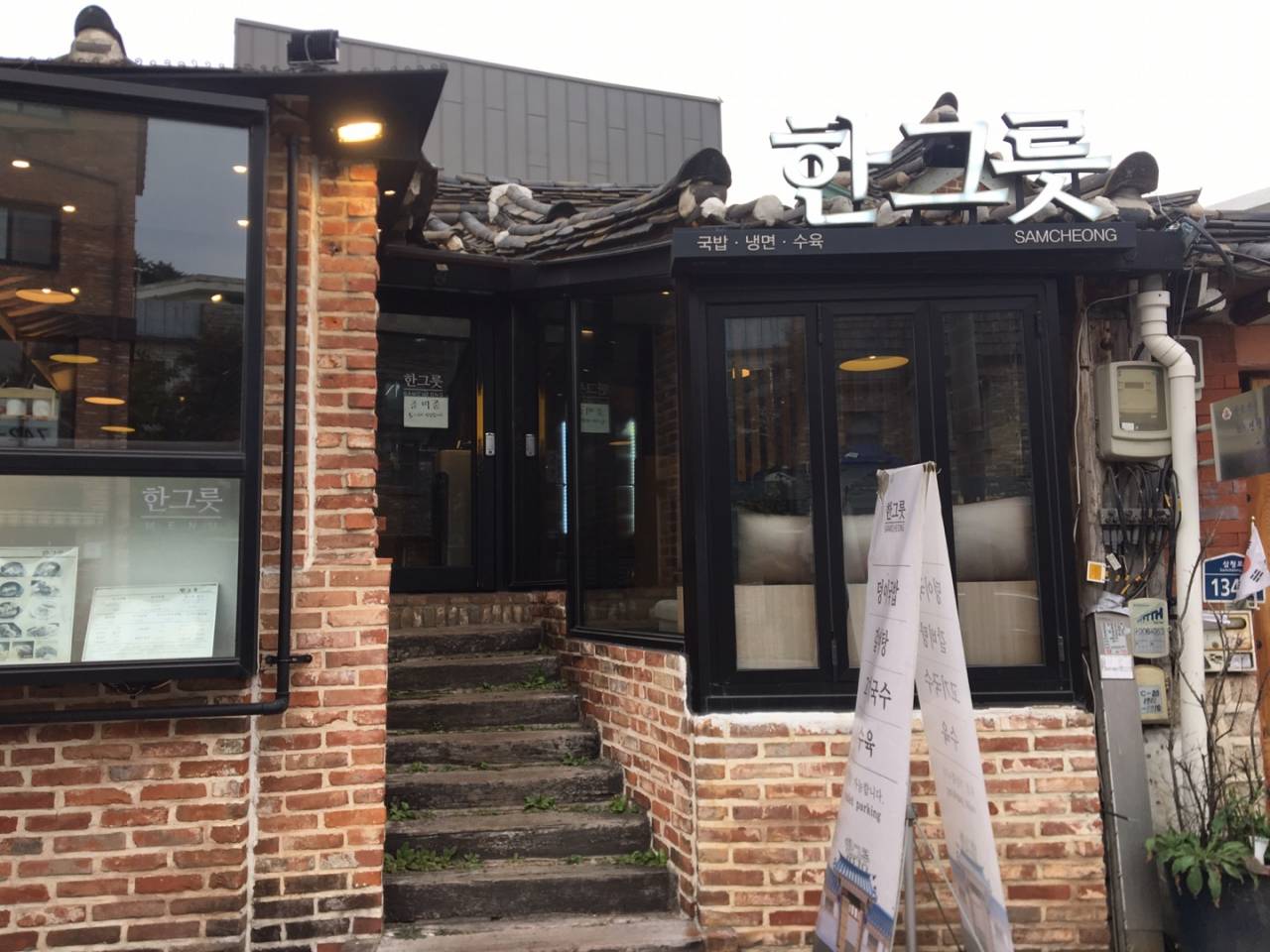
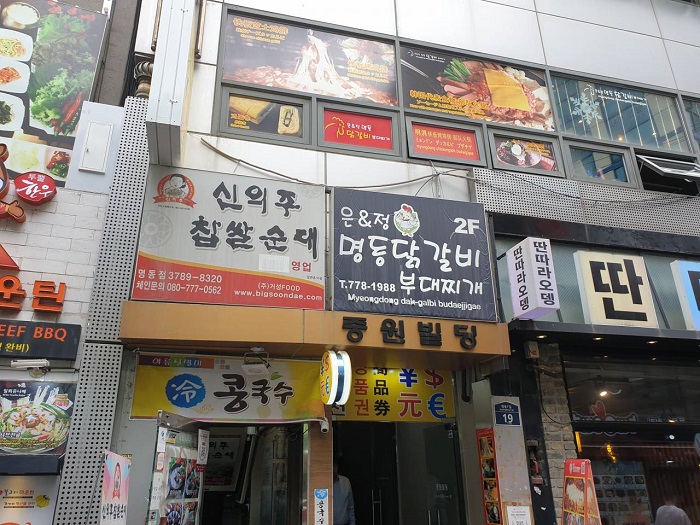
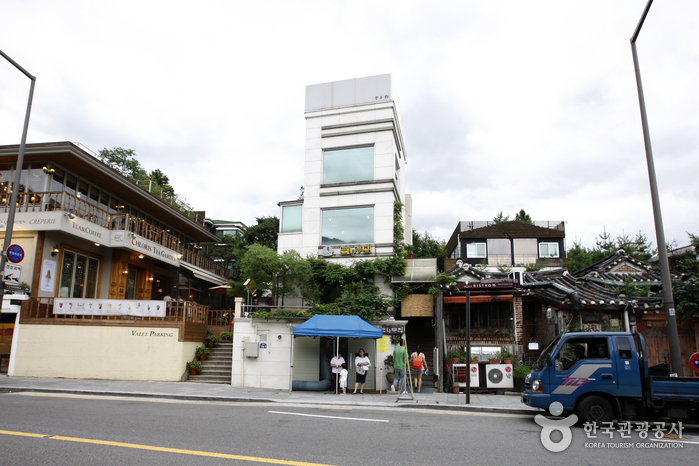
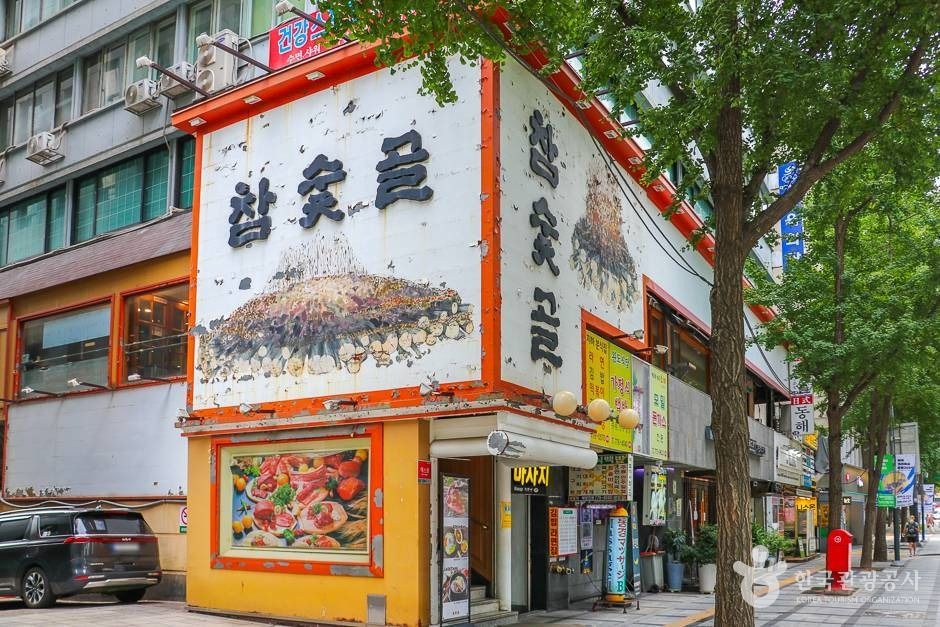
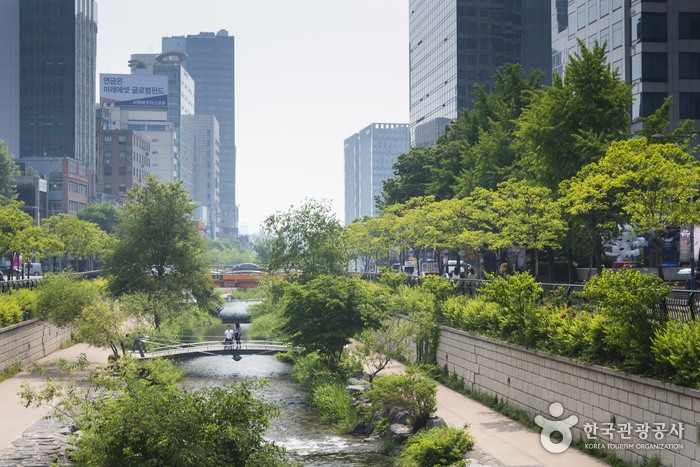

 Español
Español
 한국어
한국어 English
English 日本語
日本語 中文(简体)
中文(简体) Deutsch
Deutsch Français
Français Русский
Русский